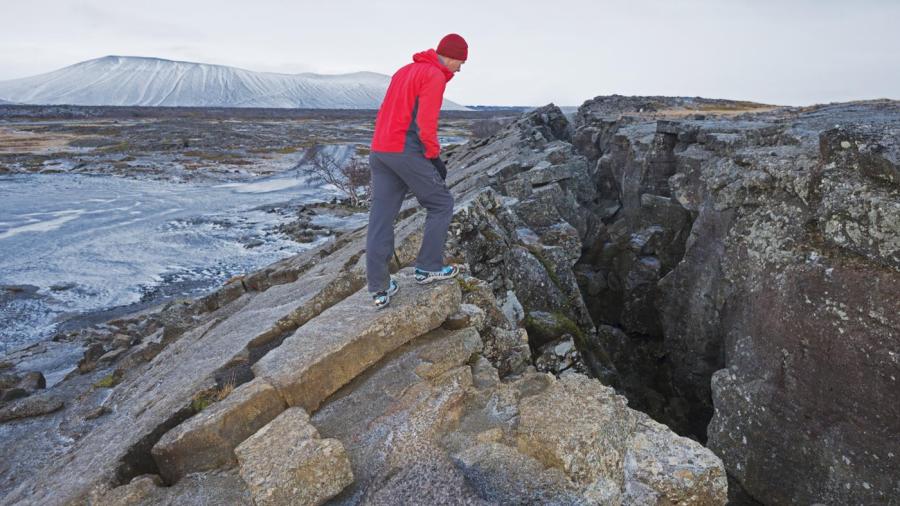What Causes Tectonic Plates to Move?

Despite its seeming solidity, the Earth is dynamic. Its shifting tectonic plates can cause earthquakes, eruptions and even change the shape of continents. Learn something of how it works below.
Structure of the Earth A conception of the Earth’s structure is necessary to an understanding of plate tectonics. For general purposes, the Earth can be divided into four basic layers: the inner core, the outer core, the mantle and the crust. Despite immense temperatures, the Earth’s core, composed largely of iron, is solid. The terrific amount of gravitational pressure keeps the ore from liquefying. The outer core, similar in composition to the inner, is under less pressure and therefore liquid. Next comes the mantle, which is largely solid but still capable of movement. Finally, there is the crust, the exceedingly thin skin of the planet on which humans and all other known life live. The crust is broken into plates that carry the continents and oceans.
Convection Currents The most widely accepted theory holds that plate movement originates from convection currents in the mantle. The heat from the core transfers to the mantle, where the hotter less dense material rises while the cooler sinks. This movement forms convection currents. These currents transfer movement to the crust, either spreading plates apart or pushing them together. Faults or discontinuities in a rock mass are common in these areas. A survey of fault types is too involved to include here.
Divergent Boundaries Divergent boundaries occur where two upwelling currents meet, turning opposite from one another. Here the plates are moved apart and matter from the mantle escapes to the crust. This is often called seafloor spreading where magma oozes out onto the ocean floor creating a ridge of “new” crust. These boundaries can also create rift valleys, normal faults and shallow earthquake activities. The Mid-Atlantic Ridge is the most famous divergent boundary.
Convergent Boundaries Convergent boundaries are formed where two downturning currents meet. They, too, move in opposite directions, but the net effect pulls the plates together and drags material back into the mantle. The outcome of these slow-motion collisions differs according to location. The oceanic crust is somewhat denser than the continental, so it plunges underneath creating a subduction zone and creating strong earthquakes and uplifted mountain ranges. Subduction occurs when two oceanic plates meet as well. In this case, it is often the older and denser plate that subducts. This creates features such as the Marianas Trench in the Pacific Ocean. Here the ocean depth is greater than the height of Mount Everest. Volcanoes and earthquakes are common along these types of subduction zones, as typified by the famous “Ring of Fire” in the Pacific Ocean.
A slightly different kind of convergent boundary is created when two continents collide. There is only minimal subduction in these cases. Instead, the crust plies up, creating mountain ranges such as the Himalayas. Earthquakes, faults and folding occur in these zones.
Transform Boundaries Transform boundaries are not directly related to mantle upwelling or subduction but are instead created by two or more plates rubbing alongside each other. These create faults commonly associated with earthquakes. One of the best known of these is the San Andreas Fault.
Conclusion This brief survey only hints at the complexities involved in studying the living planet. For those interested, further study of geology is recommended.





